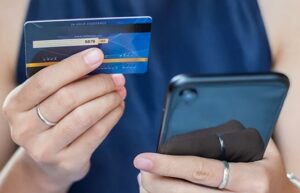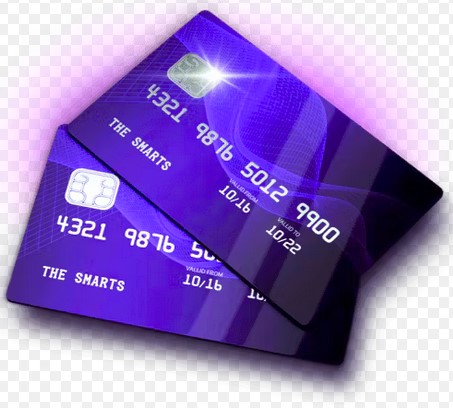Losing your bank cards, whether through theft, misplacement, or damage, can be a stressful experience. However, there’s no need to panic. With the right steps and a proactive approach, you can restore your bank cards and regain access to your funds. In this comprehensive guide, we’ll walk you through the process of restoring your bank cards, including reporting the loss, replacing the cards, and safeguarding your financial security.

Step 1: Report the Loss Immediately
The moment you realize your bank cards are lost or stolen, it’s crucial to take swift action. Reporting the loss promptly can prevent unauthorized access to your accounts and protect you from potential financial losses.
- Contact Your Bank: Reach out to your bank’s customer service immediately. This is usually a 24/7 service, so you can report the loss at any time.
- Provide Details: Be ready to provide information about your lost or stolen cards, including the card numbers, your name, and any recent transactions that might not have been authorized by you.
- Request Card Blocks: Ask the bank to block the lost cards to prevent any further transactions. This step is critical in preventing unauthorized access to your funds.
- File a Police Report: If your cards were stolen, it’s advisable to file a police report. This documentation can be important for any potential legal issues related to the theft.
Step 2: Secure Temporary Access to Funds
Being without your bank cards can be inconvenient, especially if you rely on them for everyday expenses. To address this, consider these options for accessing funds temporarily:
- Use Digital Wallets: If you have digital wallet apps like Apple Pay, Google Pay, or Samsung Pay set up, you can continue making contactless payments using your smartphone.
- Request Emergency Cash: Some banks offer emergency cash services at their branches. Check with your bank to see if this is an option for you.
- Order Temporary Checks: If you have a checking account, you can order a few temporary checks to cover essential expenses until your new cards arrive.
- Use Online Banking: Utilize online banking services to transfer funds, pay bills, and manage your accounts.
Step 3: Order Replacement Cards
Once you’ve reported the loss and secured your accounts, the next step is to order replacement cards:
- Contact Your Bank: Reach out to your bank to request new cards. They will guide you through the process, which typically involves verifying your identity.
- Choose Card Types: You may have the option to choose different card types, such as debit or credit cards, with specific features and benefits.
- Confirm Delivery Address: Ensure that the bank has the correct address for card delivery, as you’ll want to receive your replacement cards promptly.
- Activate the New Cards: Once you receive your replacement cards, follow the activation instructions provided by your bank.
Step 4: Update Card Information
Restoring your bank cards involves more than just getting the physical cards back; you need to update your card information across various accounts and services:
- Notify Billers: Inform any billers or service providers that have your card information on file about your new card details.
- Update Online Shopping Sites: If you have saved your card information on online shopping websites, update your payment methods.
- Replace Recurring Payments: For any recurring payments, such as subscriptions, gym memberships, or utility bills, update the payment details with your new card.
Step 5: Enhance Card Security
Once you’ve restored your bank cards, take the opportunity to enhance their security and safeguard against future loss or theft:
- Enable Card Alerts: Many banks offer card alerts that notify you of transactions above a certain amount or in specific categories. Activate these alerts for added security.
- Set Spending Limits: Some banks allow you to set daily spending limits on your cards, providing an extra layer of protection.
- Use Card Controls: Consider using card control apps or features provided by your bank to temporarily block your card, restrict certain types of transactions, or set geographic limits.
- Regularly Review Statements: Consistently review your account statements to identify any unauthorized or suspicious transactions. Report these to your bank immediately.
Step 6: Be Cautious with Personal Information
To minimize the risk of card loss or theft in the future, follow these precautions:
- Protect Your Cards: Keep your cards in a secure location, such as a wallet or cardholder, when not in use.
- Be Cautious Online: When making online purchases, ensure the website is secure, and use reputable vendors. Never share your card details via email or on unsecured websites.
- Use Strong Passwords: Create strong and unique passwords for online banking and other accounts linked to your cards.
- Monitor Your Cards: Regularly check your cards to make sure you haven’t misplaced them.
The Bottom Line
Restoring your bank cards involves quick action, effective communication with your bank, and a commitment to enhancing your card security. By following these steps and being cautious with your personal information, you can regain control of your financial assets and reduce the risk of future card-related issues.

